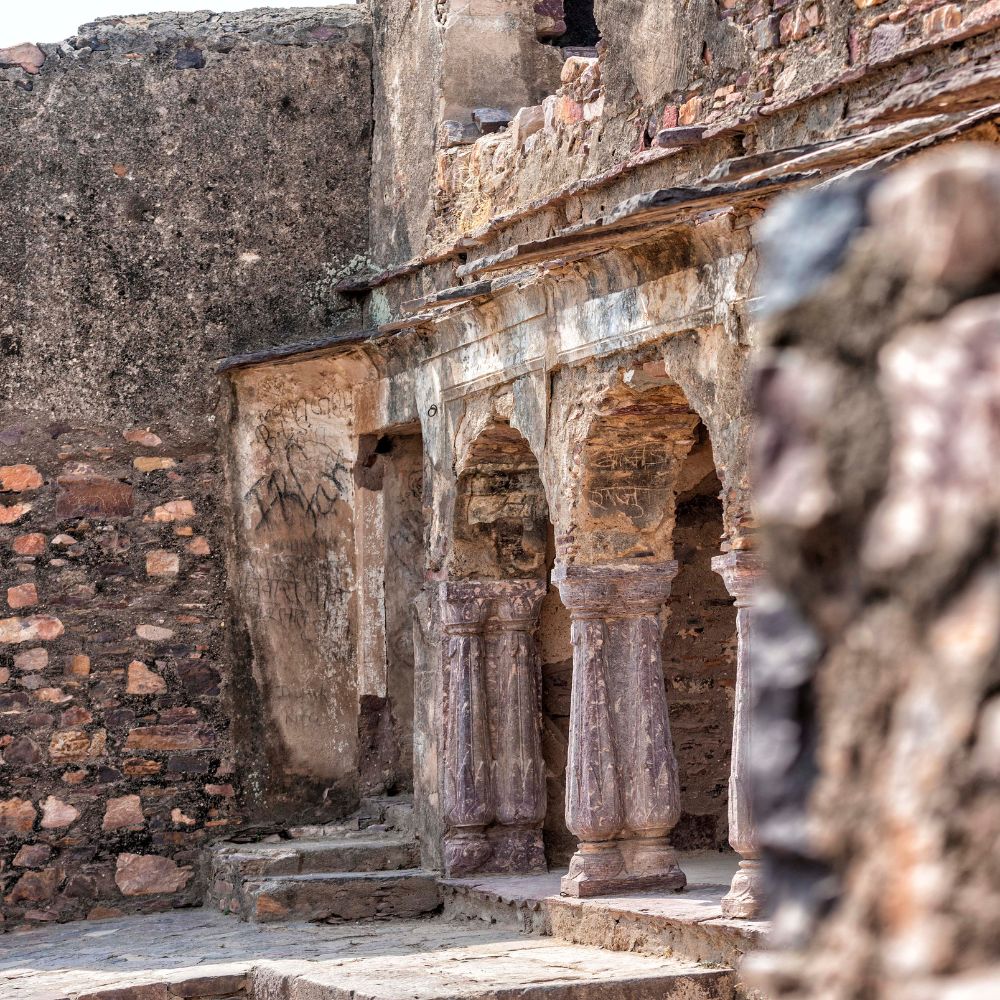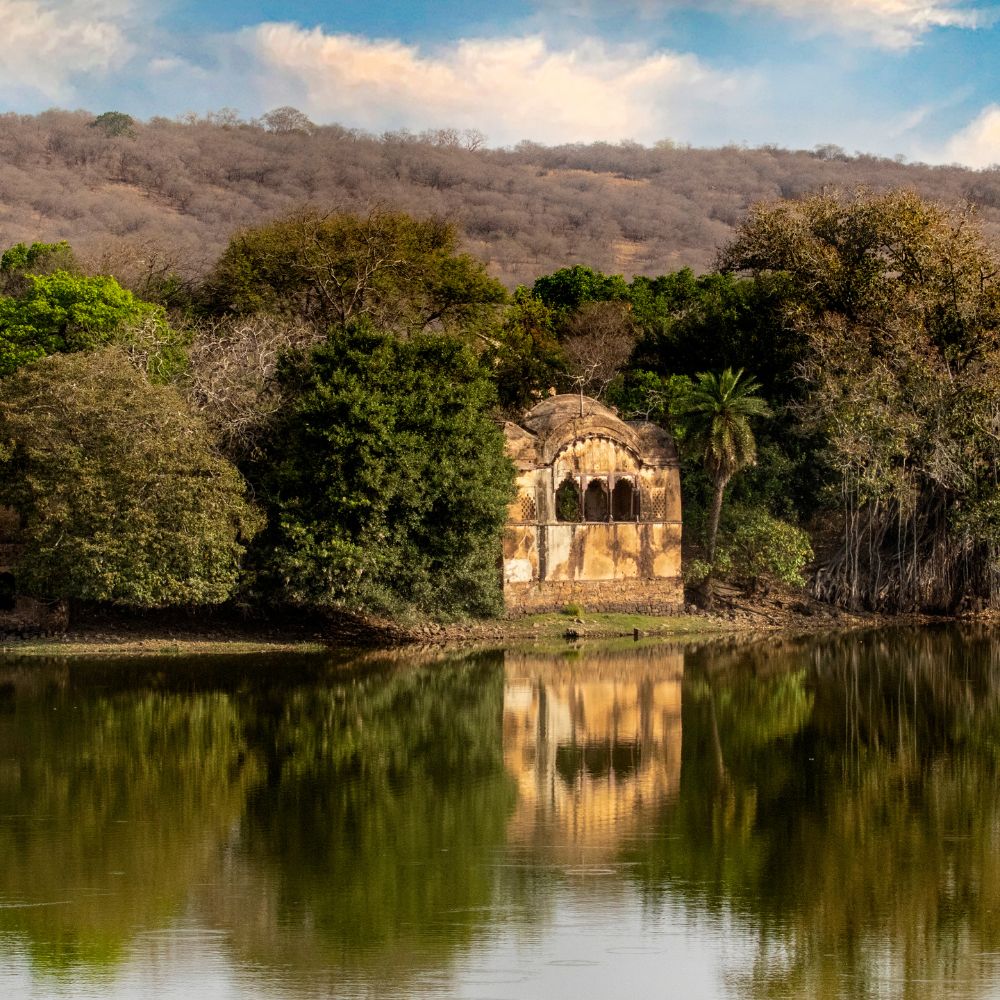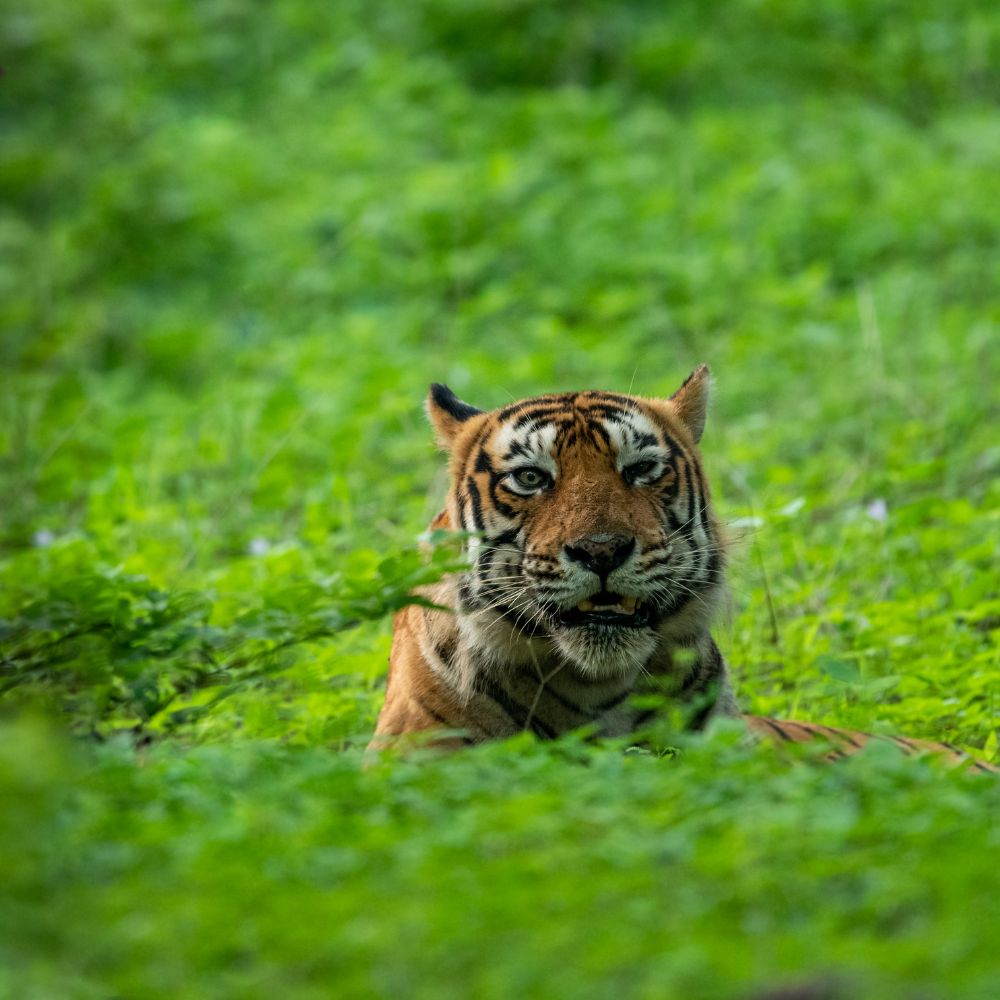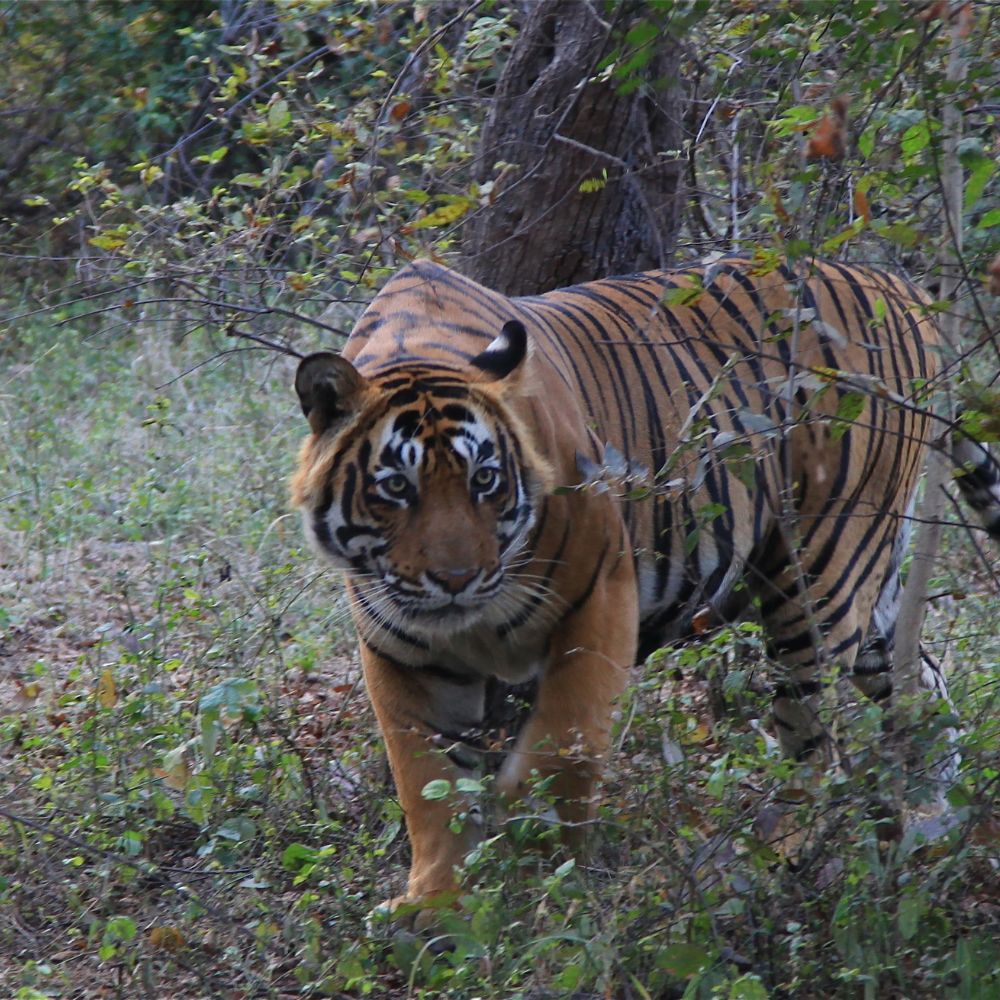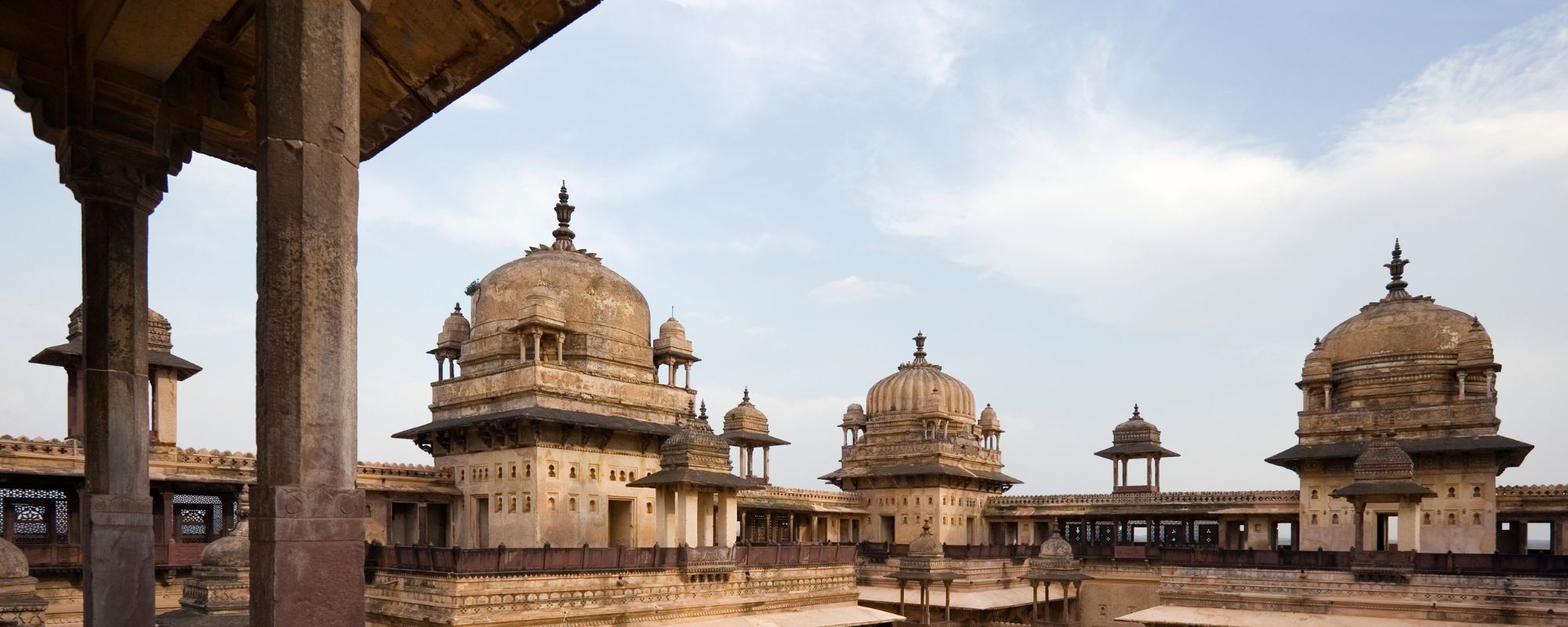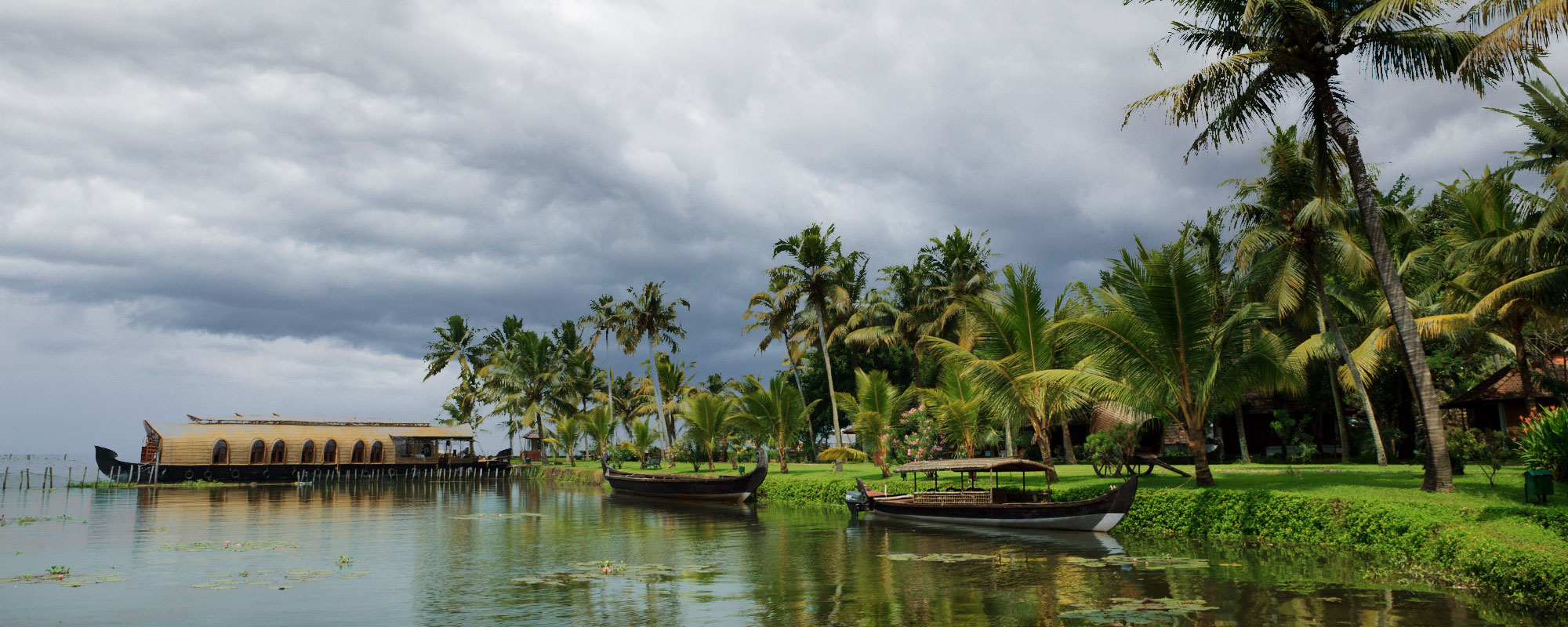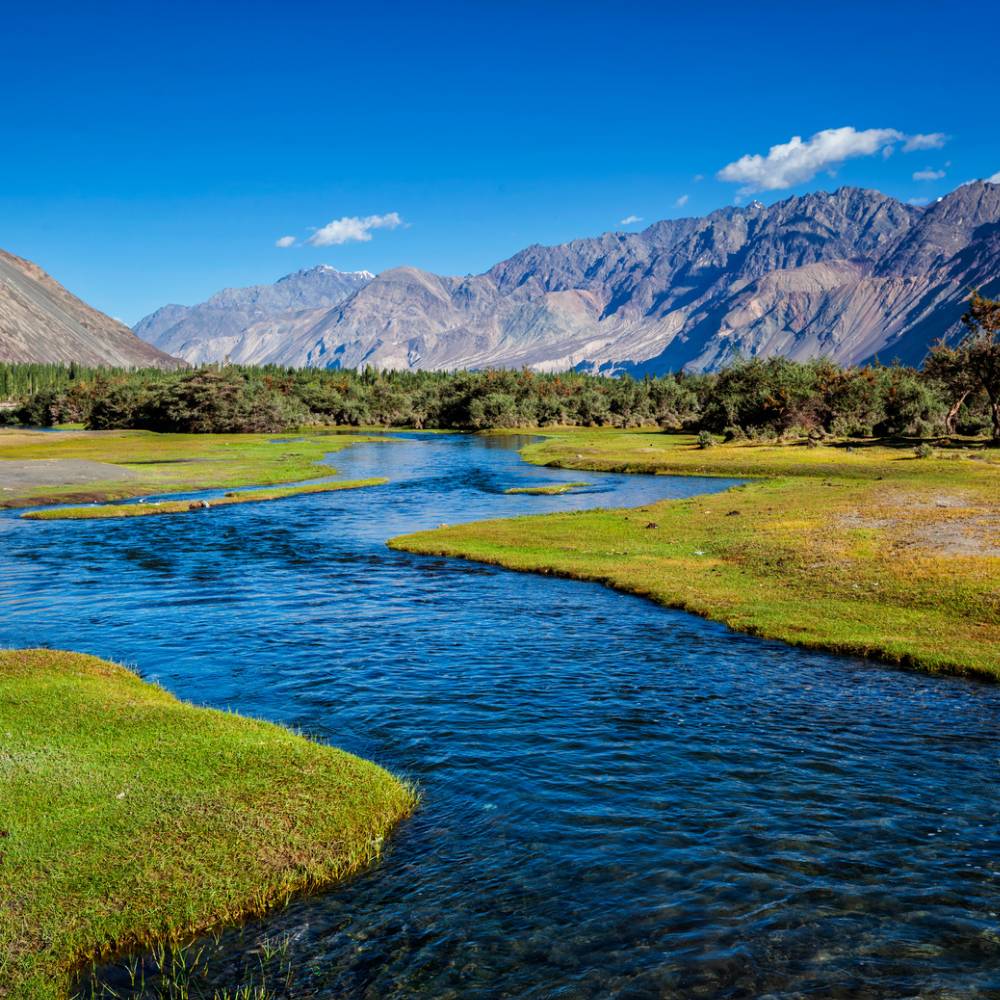Ranthambore National Park, nestled in the Sawai Madhopur district of Rajasthan, India, is a mesmerizing wildlife sanctuary known for its significant tiger population. This park offers an enticing mix of historical allure, rich biodiversity, and captivating landscapes, making it a must-visit destination for nature enthusiasts and adventurers alike.
Discover the allure of Ranthambore National Park with Bout India's comprehensive guide. From its rich history and diverse wildlife to thrilling safaris and luxurious accommodations, explore the best of Rajasthan's premier wildlife sanctuary.
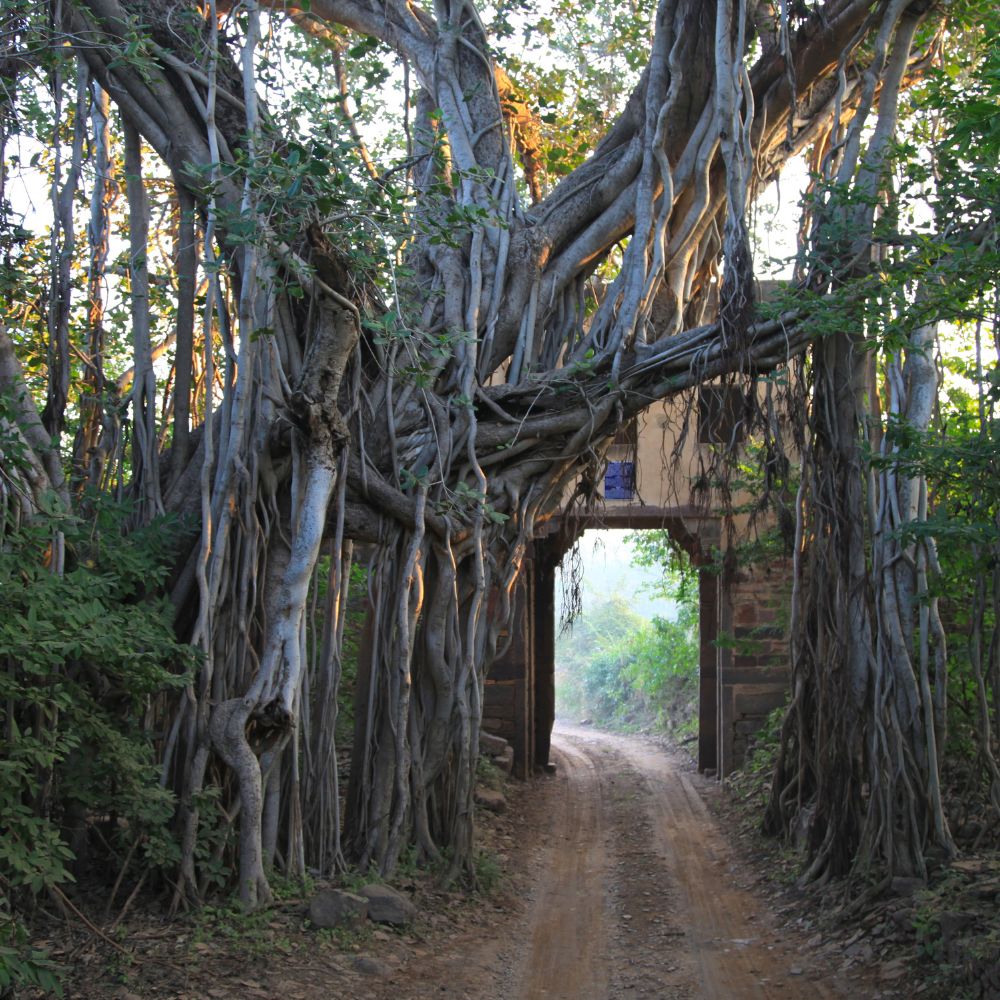
Historical Significance:
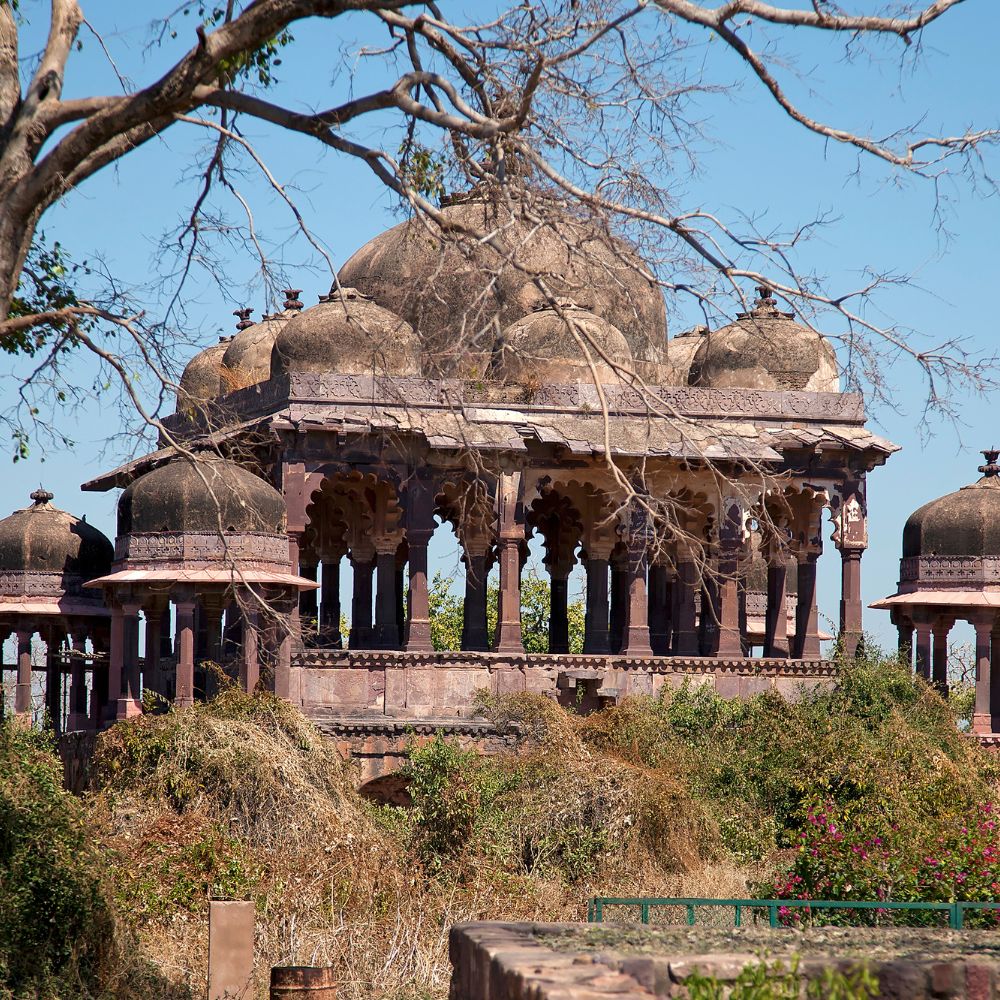
The history of Ranthambore stretches back to the 10th century when it served as the hunting grounds for the Jaipur royalty. The ancient Ranthambore Fort, built around this period, stands as a monumental testament to the region's storied past.
During the British colonial period, Ranthambore remained a favoured hunting preserve for the Maharajas of Jaipur. The remnants of British-era rest houses and hunting lodges scattered across the park offer a glimpse into this historical phase. Post-1947, Ranthambore transitioned from a royal hunting ground to a protected wildlife reserve. It was declared a national park in 1980, initiating a series of conservation efforts to safeguard its unique ecosystem.

Geographic Features:
Ranthambore is located in southeastern Rajasthan, covering an expanse of 1,334 square kilometres. Its proximity to major cities like Jaipur and Delhi enhances its accessibility, drawing visitors from across the globe. The park features a diverse landscape with dense forests, open grasslands, and rugged ridges. This variety of terrains provides a rich array of habitats for its wildlife. The park is interspersed with lakes and rivers, including the prominent Padam Talao and Malik Talao. These water bodies are essential for sustaining the park's flora and fauna and are hotspots for wildlife sightings.
Ranthambore's ecosystem is a complex web of interdependent species. Its rich biodiversity includes numerous plants and animals, making it a critical habitat for many endangered species. The park is home to several endemic species, such as the Ranthambore star tortoise and the rare Indian marsh crocodile, which are crucial to maintaining the park's ecological balance.
Ranthambore is globally renowned for its Bengal tigers, often seen roaming their natural habitat. This significant tiger population is a major attraction for wildlife enthusiasts and photographers. Tigers like Machali have become legends in Ranthambore, contributing to its fame. These iconic tigers are celebrated for their distinctive personalities and frequent appearances. Ranthambore's tiger conservation programs are crucial for the species' survival. Initiatives include anti-poaching measures, habitat restoration, and community engagement.
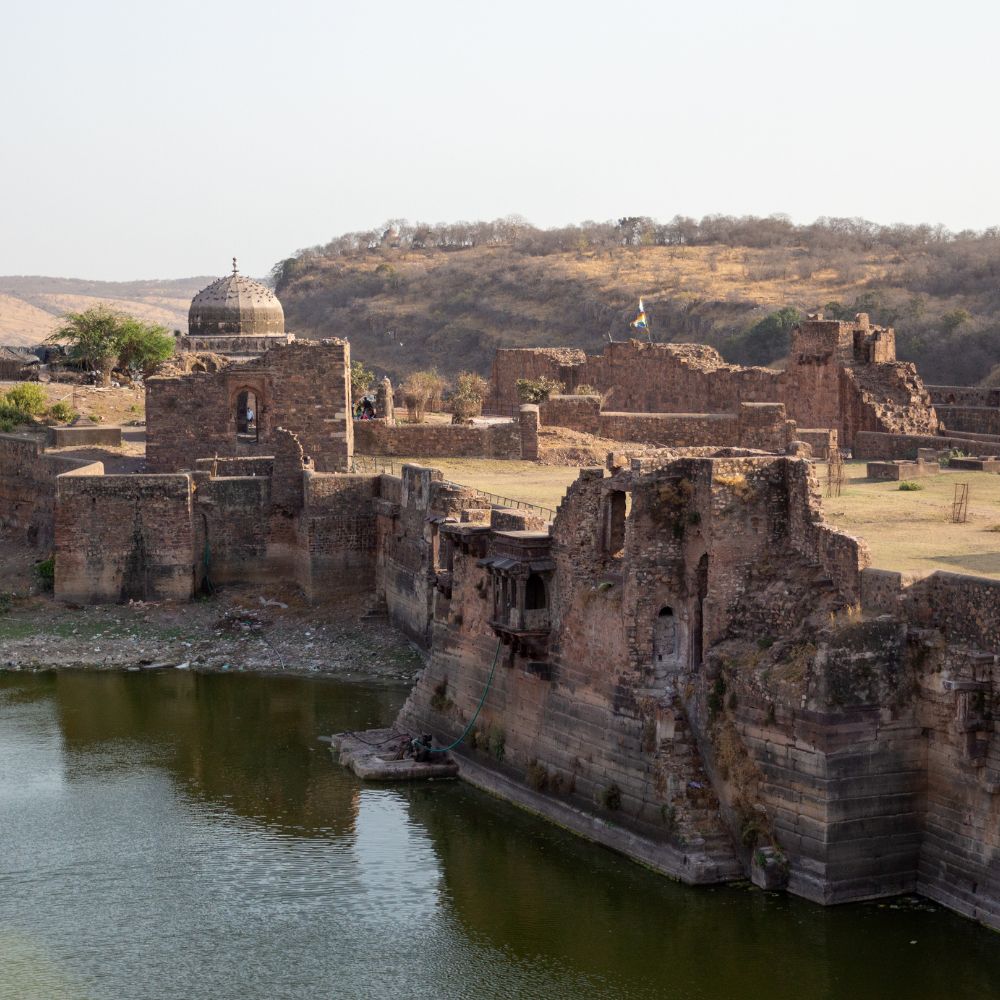
Safari & Other Experiences:
The Ranthambore National Park offers thrilling jeep and canter safaris, allowing visitors to explore its diverse habitats. These safaris provide an intimate glimpse into the park's wilderness. Ranthambore is divided into several zones, each offering unique wildlife sighting opportunities. Zones 1 to 5 are particularly popular for frequent tiger encounters. To enhance the safari experience, visitors should book in advance, wear neutral-coloured clothing, and maintain silence to increase their chances of spotting wildlife.
The Ranthambore Fort, a UNESCO World Heritage Site, is a prominent historical landmark. Built in the 10th century, it offers panoramic views of the park and houses several ancient temples. The fort's architecture, featuring massive gates, intricate carvings, and expansive courtyards, reflects the grandeur of its era. Exploring the fort offers a journey back in time. The fort also provides habitats for various wildlife species, highlighting the harmonious coexistence of history and nature in Ranthambore.

Flora and Fauna:
The park's flora includes species like the Dhok, Banyan, and Kachnar. These plants are integral to the park's biodiversity and ecological balance. Ranthambore is home to numerous medicinal plants used in traditional remedies by local communities, contributing to the region's ethnobotanical knowledge. Seasonal blooms, such as the vibrant Amaltas in summer, add a splash of colour to the park and attract pollinators, enhancing the park's visual appeal.
Ranthambore National Park also shelters other predators like leopards, jungle cats, and hyenas, each playing a crucial role in maintaining the ecological balance. Herbivores such as sambar deer, spotted deer, and nilgai are commonly seen grazing in the park. These animals are vital for sustaining the park's food web. The park's diverse reptilian and amphibian population includes marsh crocodiles, monitor lizards, and various frogs, thriving in the park's aquatic and terrestrial habitats.
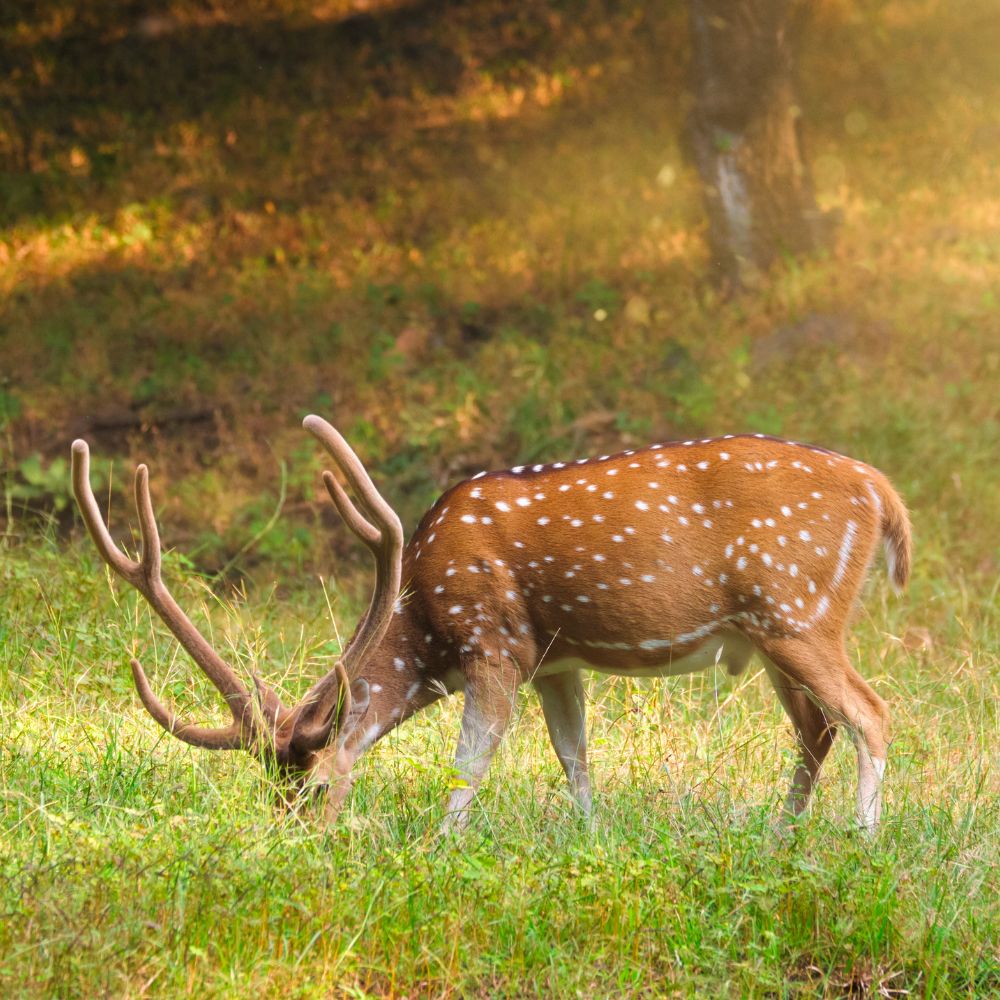
Ranthambore experiences a tropical dry climate with hot summers, mild winters, and a monsoon season. These weather patterns significantly influence the park's flora and fauna. The monsoon season transforms Ranthambore into a lush paradise, replenishing water bodies and supporting new plant growth. However, this season also poses challenges like limited accessibility and increased difficulty in spotting wildlife. The best time to visit Ranthambore is from October to April when the weather is pleasant and wildlife sightings are more frequent. Each season offers a unique perspective on the park's natural beauty.
Local Communities and Culture:
Ranthambore is surrounded by vibrant local communities, including the Meena and Gujjar tribes. These communities have a rich cultural heritage and play a significant role in the region's conservation and tourism activities. Local festivals like the Kaila Devi Fair and Ganesh Chaturthi add cultural vibrancy to Ranthambore, offering visitors a glimpse into the local traditions and customs. The region is known for its traditional crafts, including block printing and pottery, reflecting the artistic heritage of the local people and providing unique souvenirs for visitors.
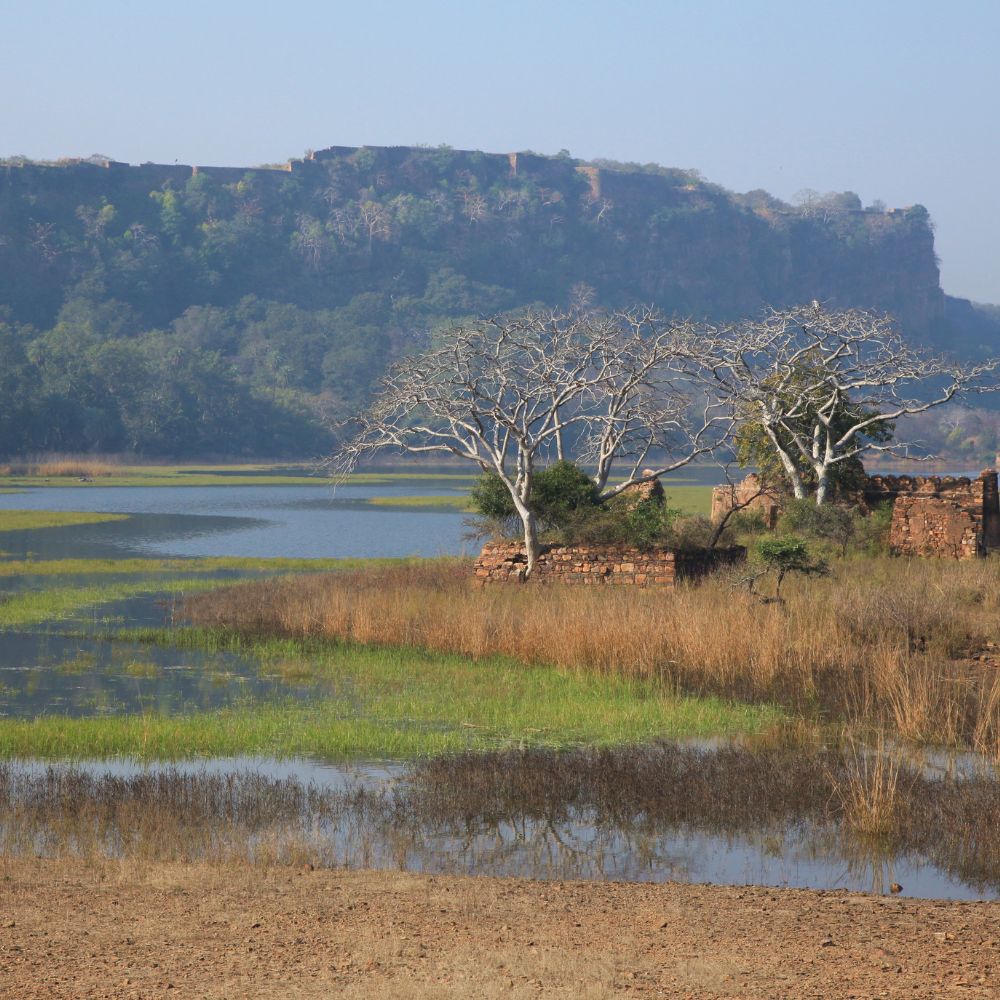
Ranthambore offers numerous picturesque spots for photography, from serene lakes to rugged cliffs, providing perfect backdrops for capturing the park's stunning landscapes and wildlife. For successful wildlife photography, use a telephoto lens, be patient, and maintain a safe distance. Early mornings and late afternoons offer the best lighting conditions for capturing the park's wildlife. To capture the park's landscapes, wide-angle lenses and attention to the interplay of light and shadow are essential. The diverse terrain offers endless opportunities for breathtaking shots.
Ranthambore offers several luxury resorts with lavish amenities and guided safaris, ensuring a comfortable and immersive experience in the heart of nature. Budget-conscious travellers can find various affordable accommodations, including guesthouses and budget hotels, providing a comfortable stay close to nature. For a unique stay, consider eco-lodges and tented camps that blend seamlessly with the natural surroundings, offering a rustic yet comfortable experience.
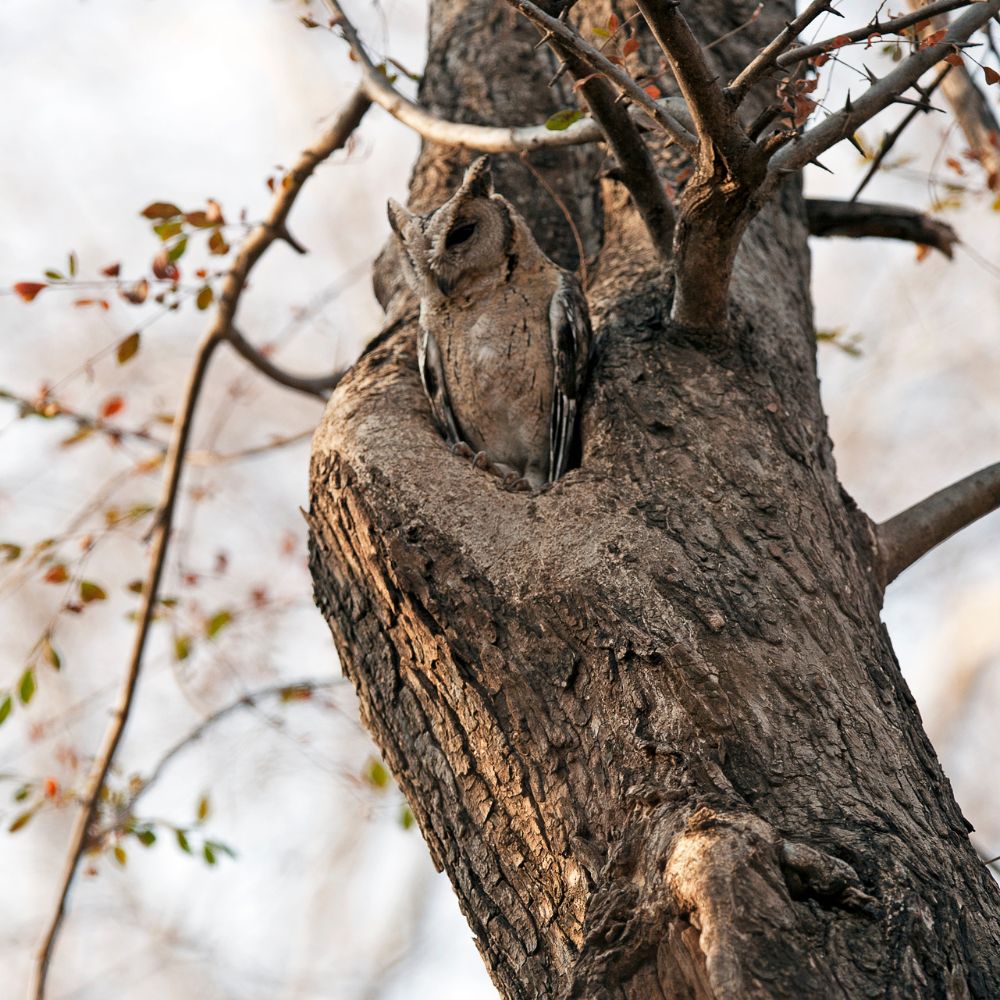
Ranthambore offers a delectable array of Rajasthani cuisine, including dishes like dal baati churma, gatte ki sabzi, and ker sangri, reflecting the region's rich culinary heritage. Visitors should not miss trying laal maas, a spicy meat curry, and bajre ki roti, a millet bread, to experience the local flavours. Some resorts and camps offer unique dining experiences in the wild, where guests can enjoy gourmet meals amidst the natural beauty of Ranthambore.
Human-wildlife conflict is a significant challenge as expanding human settlements encroach on wildlife habitats. Conservation efforts focus on mitigating these conflicts through various measures. Poaching and illegal wildlife trade pose ongoing threats to Ranthambore's wildlife. Strict anti-poaching measures and continuous monitoring are essential for protecting the park's inhabitants. Habitat degradation due to human activities and natural factors affects the park's biodiversity. Conservation initiatives aim to restore and preserve natural habitats.
Ranthambore promotes sustainable tourism practices that minimize environmental impact and support local communities. Eco-tourism initiatives include eco-friendly accommodations, guided nature walks, and educational programs that raise awareness about conservation. By encouraging responsible tourism, Ranthambore aims to preserve its natural and cultural heritage for future generations.
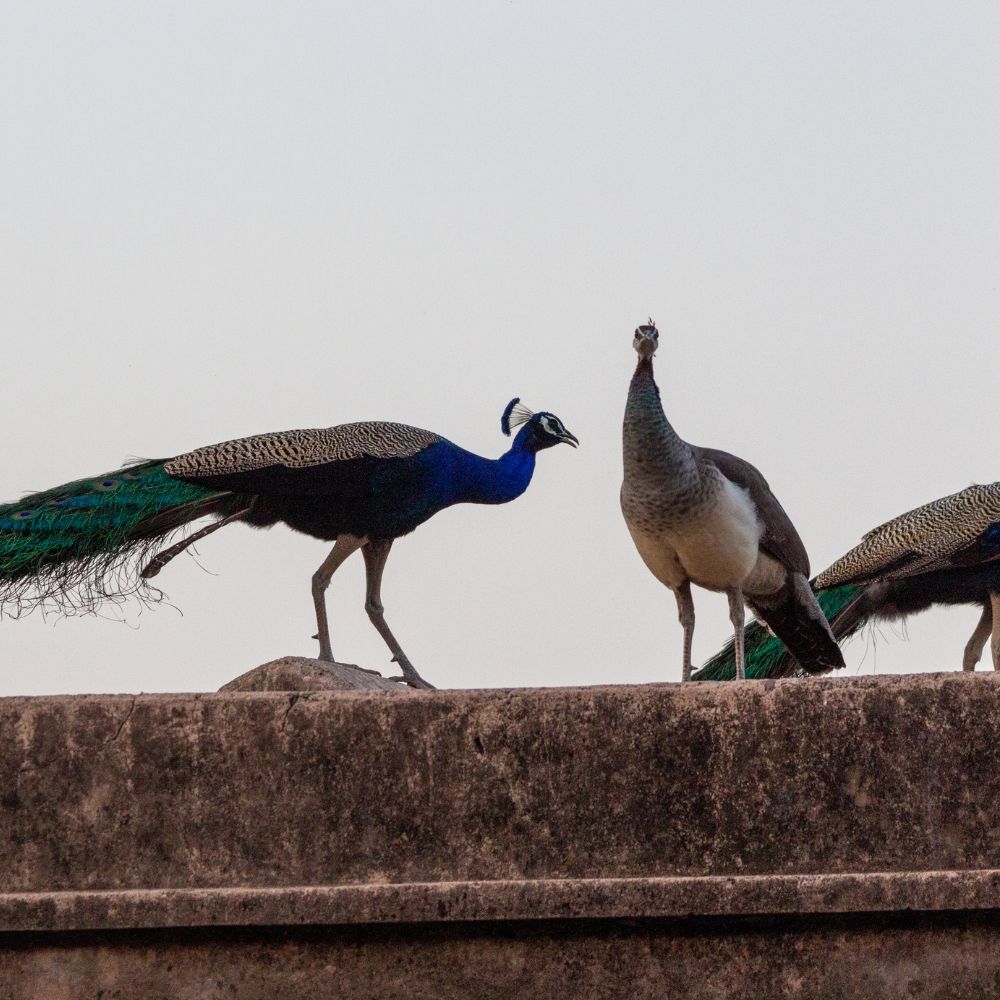
Conclusion:
Ranthambore National Park stands as a testament to the harmonious coexistence of history and nature. From its ancient forts to its diverse wildlife, Ranthambore offers a journey through time and a glimpse into the wonders of the natural world. As visitors explore its landscapes and encounter its inhabitants, they become part of the ongoing story of conservation and preservation.
With its rich biodiversity, captivating landscapes, and cultural vibrancy, Ranthambore leaves a lasting impression on all who venture within its boundaries. By promoting sustainable tourism and conservation efforts, Ranthambore strives to ensure that future generations can continue to marvel at its beauty and cherish its treasures.
Whether seeking adventure, tranquillity, or cultural immersion, Ranthambore National Park beckons, inviting all to experience the magic of this remarkable sanctuary.

